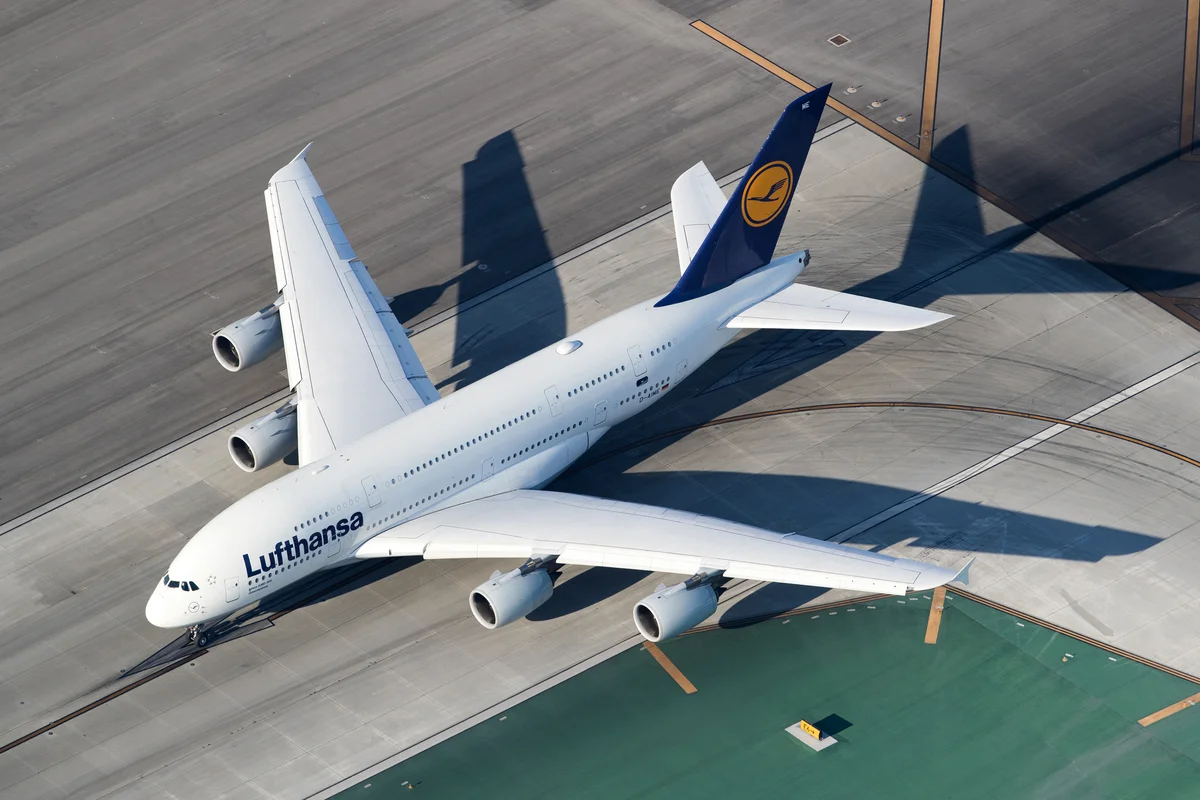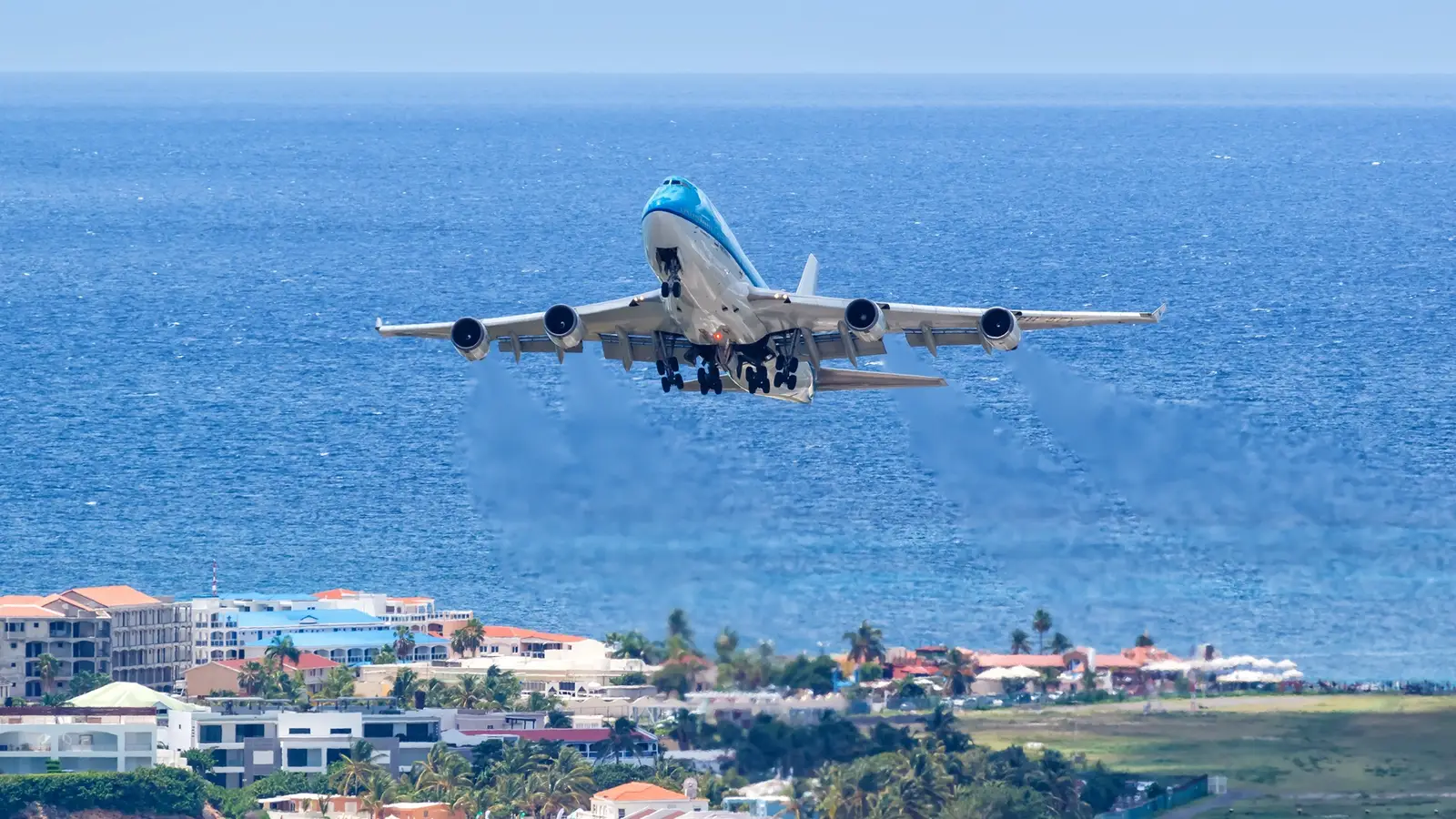By David McHugh
Copyright independent

Lufthansa Group has announced plans to cut 4,000 jobs by 2030, citing advancements in artificial intelligence, digitalisation, and the consolidation of operations across its member airlines.
This move comes despite the company reporting robust demand for air travel and forecasting increased profits in the coming years.
The majority of these redundancies are expected to occur in Germany, primarily affecting administrative roles rather than operational staff, the airline group confirmed.
Lufthansa is intensifying the integration of its constituent carriers – Lufthansa, SWISS, Austrian Airlines, Brussels Airlines, and ITA Airways.
The company stated it is “reviewing which activities will be no longer necessary in the future, for instance due to duplication of work.”
In a statement, Lufthansa highlighted that “profound changes brought about by digitalisation and artificial intelligence” are set to enhance efficiency across all business areas and activities.
The strategic outline was presented to investors and analysts in Munich, where the group noted strong demand for flights.
This demand is set against a backdrop of limited flight availability, attributed to strained supply chains for aircraft and engines, resulting in a tight market that keeps planes full and boosts revenue.
Lufthansa Group said it expected “significantly increased profitability” by the end of the decade and was readying what it called the largest fleet modernisation in the company’s history that would add more than 230 new aircraft by 2030, including 100 long-haul aircraft.
The Lufthansa Group is a globally operating aviation group that includes network airlines, point-to-point airline Eurowings and service companies. It had 101,709 employees in 2024 and generated revenue of 37.6 billion euros ($44 billion).
Lufthansa has struggled to cut costs and pursue growth as it has dealt with labour challenges in recent years. It issued two profit warnings last year and dropped a target of reaching an operating margin of 8 per cent that year.



